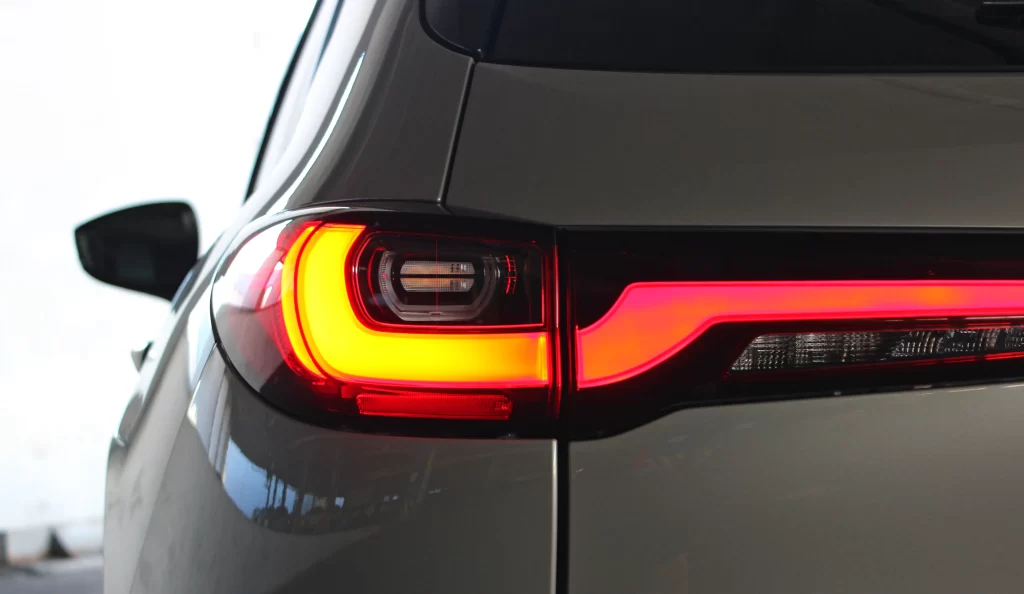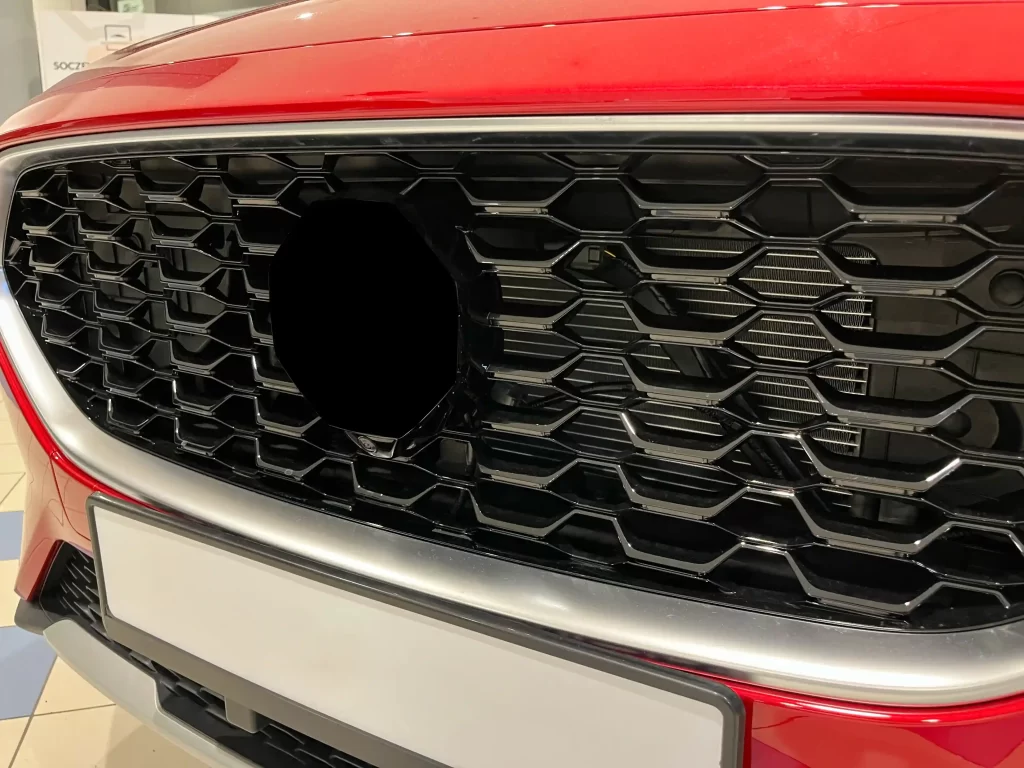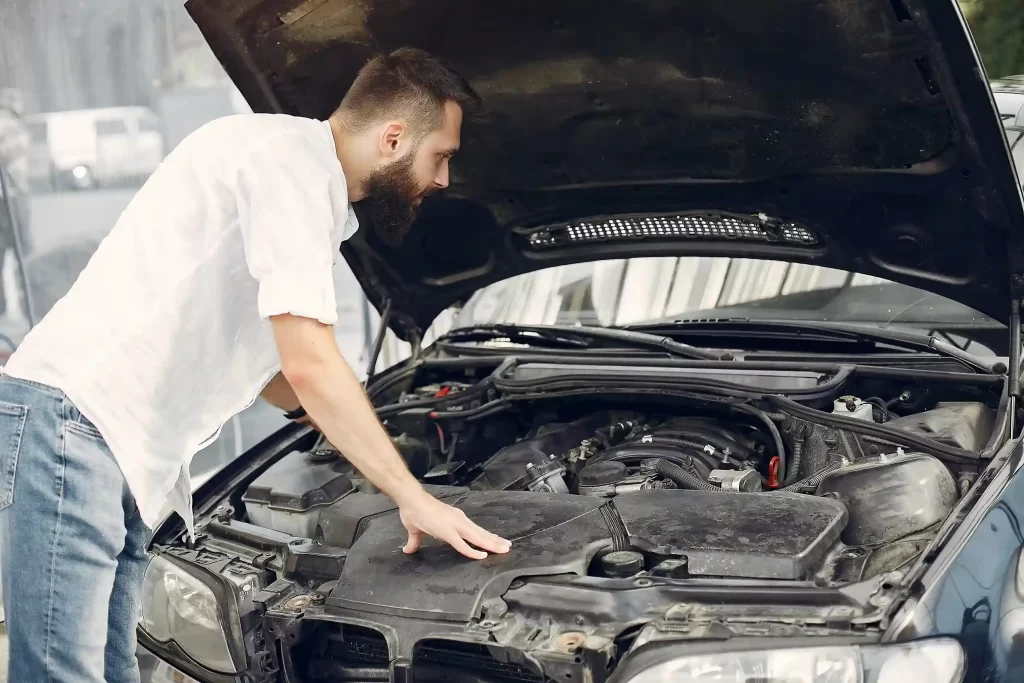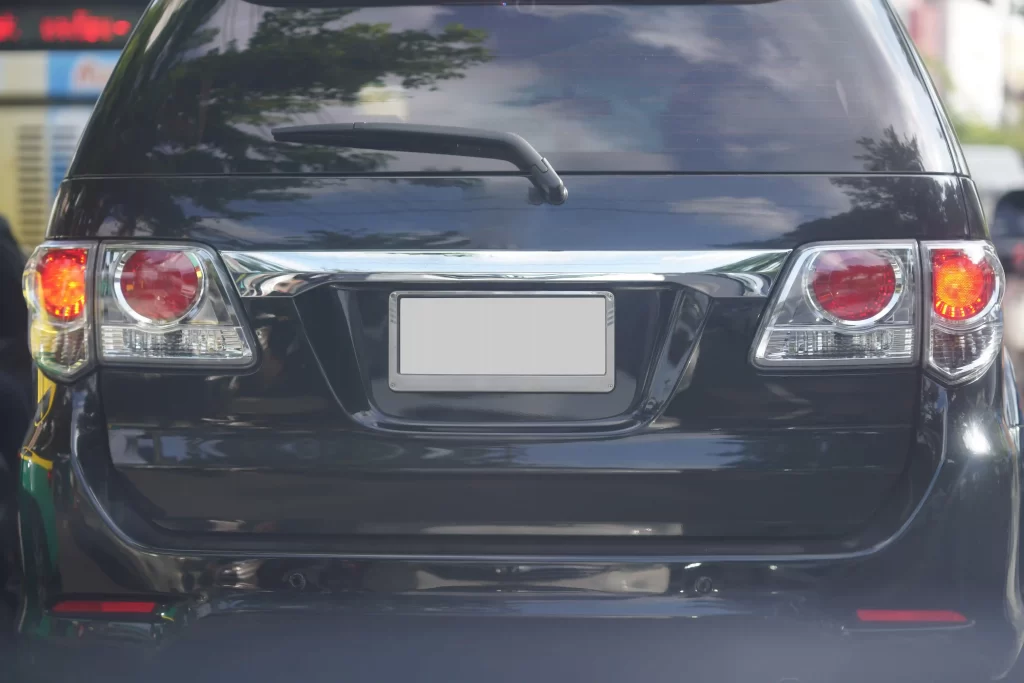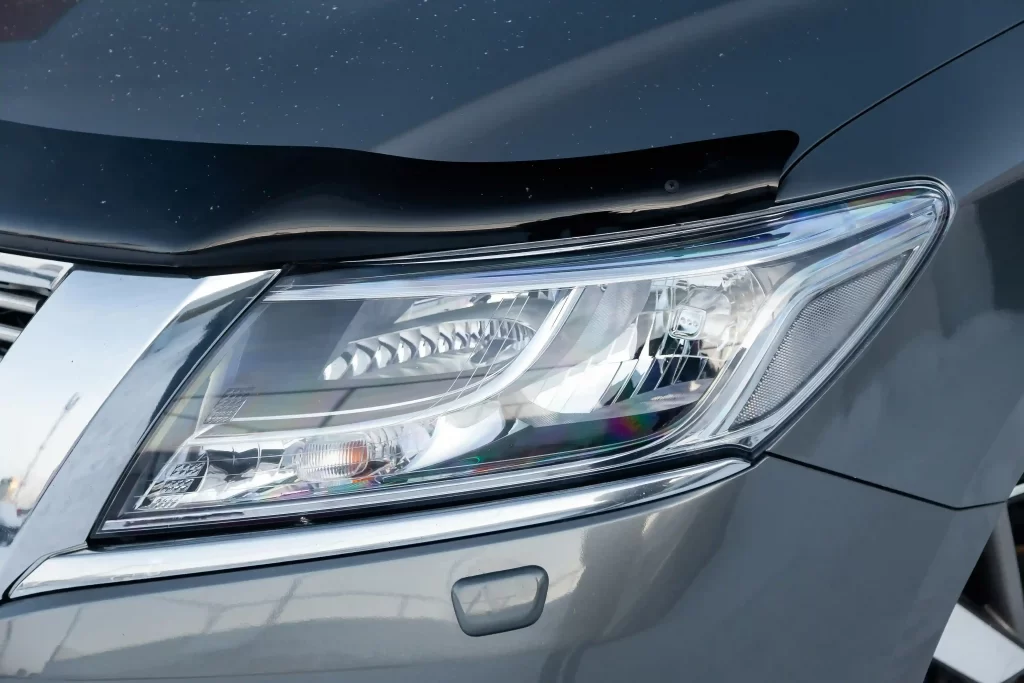Introduction to Car Bumpers
When it comes to our beloved automobiles, we all want a ride that not only turns heads but also keeps us safe on the road. Enter: car bumpers! These unsung heroes play a vital role in protecting both you and your vehicle from unexpected bumps, dings, and collisions. But how do you choose the perfect bumper that combines style and safety seamlessly? Fear not, fellow drivers! In this blog post, we’ll explore the world of car bumpers – their importance in vehicle safety, different types available in the market today, factors to consider when making your selection, as well as some handy maintenance tips for keeping your bumpers looking fresh. So buckle up and get ready to discover how you can make a statement while staying protected with the ultimate choice of bumpers for your precious wheels!
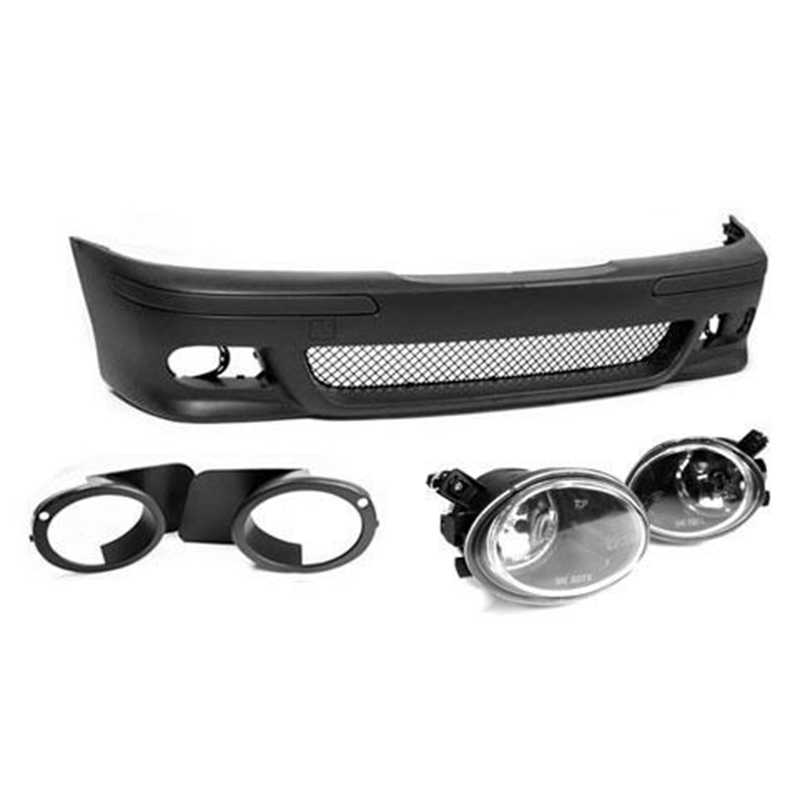
The Importance of Bumpers in Vehicle Safety
When it comes to vehicle safety, one component that often goes overlooked is the humble bumper. While some may view bumpers as purely cosmetic additions to a car’s exterior, they actually play a crucial role in protecting both the vehicle and its occupants in the event of a collision.
The primary function of a bumper is to absorb impact during low-speed collisions. By absorbing and redistributing energy, bumpers help minimize the damage done to other parts of the vehicle, such as the engine or headlights. This not only reduces repair costs but also helps prevent injuries to passengers.
Another important aspect of bumpers is their ability to enhance pedestrian safety. Bumpers are designed with specific features that reduce leg injuries if someone were to be struck by a car. These features include height restrictions and energy-absorbing materials that cushion the impact.
Furthermore, modern bumpers are equipped with sensors and technologies that can detect imminent collisions and activate safety systems like automatic emergency braking or lane departure warning. This further enhances overall vehicle safety by providing an extra layer of protection for drivers and pedestrians alike.
Choosing a bumper that meets your specific needs requires careful consideration of factors such as material durability, weight restrictions, and compatibility with your particular make and model of car. It’s essential to consult with experts or professionals who can guide you through this process.
Regular maintenance is key when it comes to ensuring your bumper remains effective at safeguarding your vehicle. Keeping it clean from dirt or debris will prevent corrosion while inspecting for any cracks or damages will allow for timely repairs if needed.
Different Types of Bumpers and Their Features
When it comes to choosing the perfect bumper for your car, it’s essential to consider the different types available and their unique features. Bumpers play a crucial role in protecting your vehicle from damage during collisions, so selecting the right one is key.
One type of bumper that you may come across is the plastic or polypropylene bumper. These bumpers are lightweight and durable, making them ideal for everyday use. They are also relatively easy to repair if they sustain minor damages.
Another option is steel bumpers. Known for their strength and durability, steel bumpers provide maximum protection in case of accidents or collisions. They can withstand heavy impacts without compromising the safety of your vehicle.
For those looking for a more stylish option, there are also customized bumpers available on the market. These allow you to personalize your car while still maintaining its safety features.
Some bumpers even come equipped with advanced technologies such as parking sensors or built-in cameras, adding an extra layer of convenience and safety to your driving experience.
Regardless of which type you choose, it’s important to ensure that the bumper meets all necessary safety regulations and standards. Additionally, always consider factors such as cost, compatibility with your vehicle model, and ease of installation when making your decision.
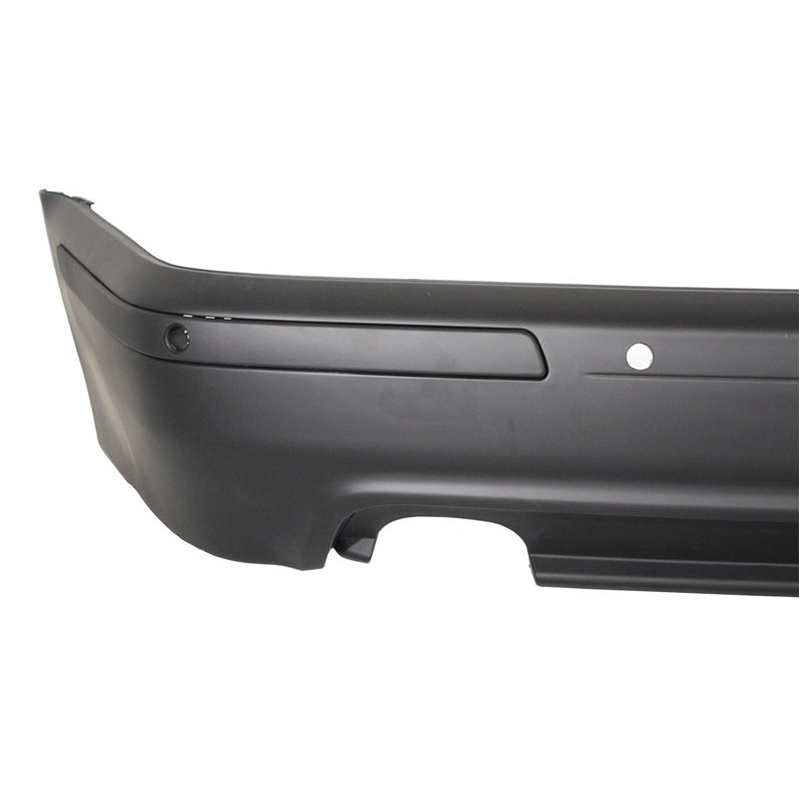
Factors to Consider When Choosing a Bumper
When it comes to choosing the perfect bumper for your car, there are several factors that you need to consider. First and foremost, you should think about the purpose of the bumper. Is it primarily for aesthetics or do you want a bumper that offers maximum protection?
Another important factor is the material of the bumper. Bumpers can be made from various materials such as plastic, fiberglass, or steel. Each material has its own advantages and disadvantages in terms of durability, weight, and cost.
Next, you should take into account the compatibility of the bumper with your specific make and model of car. Not all bumpers are designed to fit every vehicle perfectly, so make sure to choose one that is specifically designed for your car.
Additionally, consider whether you want a front or rear bumper and if any additional features such as fog lights or parking sensors are important to you.
Don’t forget about your budget. Bumpers can range in price depending on their quality and features. It’s important to find a balance between affordability and functionality.
By considering these factors carefully before making a decision, you can ensure that you choose a bumper that not only enhances the style of your car but also provides adequate protection in case of an accident.
Maintenance and Repair Tips for Bumpers
Just like any other part of your car, bumpers require regular maintenance to ensure they stay in top-notch condition. Here are some essential tips to help you keep your bumpers looking great and functioning effectively.
1. Cleaning: Regularly clean your bumpers with mild soap and water to remove dirt, grime, and road debris. Avoid using harsh chemicals or abrasive cleaners that could damage the bumper’s finish.
2. Waxing: Apply a protective wax coating to your bumper every few months to help prevent fading, scratches, and sun damage. This will also make it easier to remove bugs and tar from the surface.
3. Touch-ups: If you notice any chips or scratches on your bumper, address them promptly. Use touch-up paint that matches the color of your vehicle for seamless repairs.
4. Rust Prevention: Inspect your bumpers regularly for signs of rust or corrosion. If you spot any issues, treat them immediately with a rust converter or primer specifically designed for automotive use.
5. Parking Carefully: Be mindful when parking near curbs or tight spaces to avoid scraping or denting your bumper. Consider using parking aids such as sensors or cameras if available in your vehicle.
6. Professional Repairs: For more significant damages like cracks or extensive dents, consult a professional auto body repair shop specializing in bumper repairs for proper assessment and repair options.
By following these simple maintenance tips, you can extend the lifespan of your car’s bumpers while ensuring they continue providing optimal protection on the road! So don’t neglect this vital component of vehicle safety—give those bumpers some TLC today!
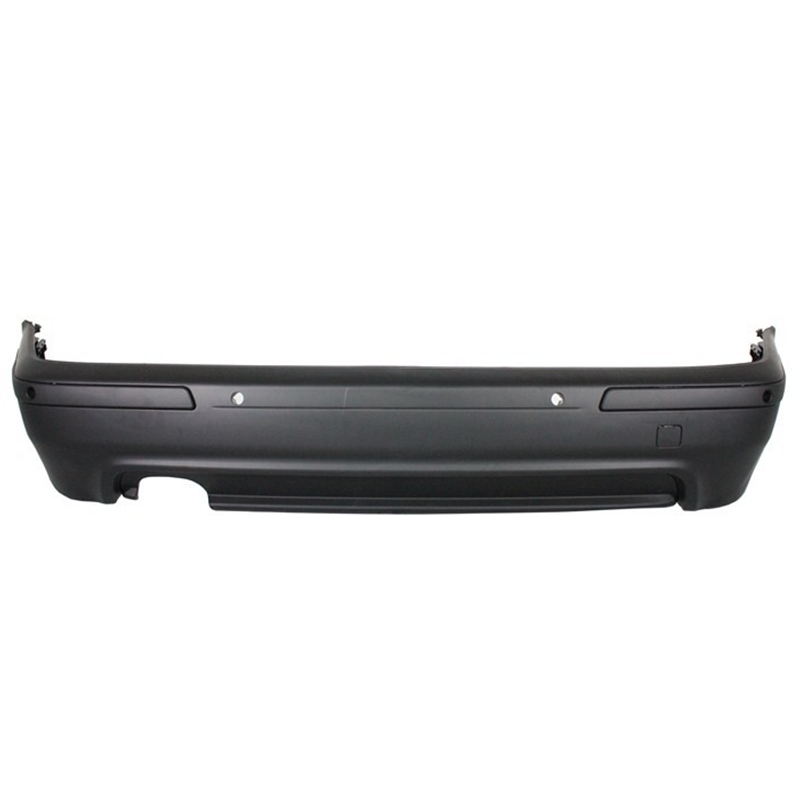
Conclusion: Finding the Balance between Style and Safety
When it comes to choosing the perfect bumpers for your car, it’s important to find a balance between style and safety. While aesthetics are undoubtedly important, prioritizing safety should always be at the forefront of your decision-making process.
Remember that different types of bumpers offer varying levels of protection, so consider your driving needs and environment before making a choice. If you frequently drive in areas with heavy traffic or have a higher risk of collisions, opting for a bumper that provides maximum impact absorption is crucial.
Additionally, take into account factors such as material quality and durability when selecting a bumper. Investing in high-quality materials like steel or aluminum can significantly enhance the longevity and effectiveness of your bumper.
Maintenance plays an essential role in ensuring that your bumpers remain in top condition. Regularly inspect them for any signs of damage or wear and tear, such as cracks or loose fittings. Promptly address any issues by seeking professional repair services to maintain both the functionality and appearance of your vehicle.

